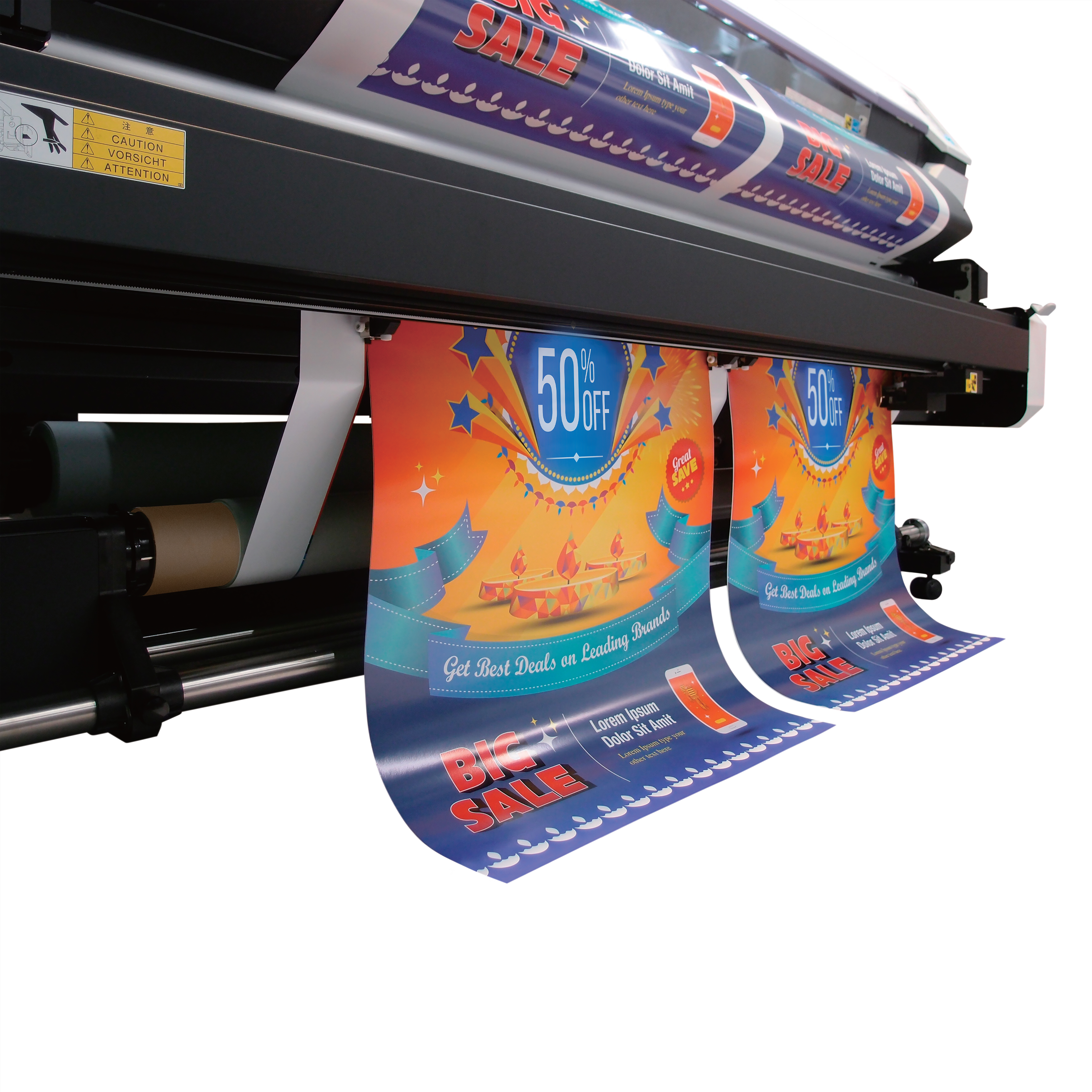With traditional issues being joined by a whole new set of challenges, it’s fair to say that, from inflation to cash flow, there’s plenty to overcome to be successful in the print industry right now. Here, we take a look at some of today’s most common digital printing industry challenges.
Printing Industry Challenge #1: Rising costs
Unquestionably the biggest challenge faced by the printing industry right now is the issue of ballooning costs. The days of low interest, low inflation and supply chains that work relatively seamlessly seem over, for the time being at least.
Print has always been a relatively high cost industry. From the equipment that does the printing to the material you print on, significant overheads are baked into every project. When you’re then faced with the soaring price of paper, printers, inks, freight and (almost inevitably) staffing, turning a profit becomes a bigger challenge than it has been at any point since, well, last year (when the cost of everything from wood pulp to energy saw double digit increases).
There are ways to mitigate costs and protect profit, but it’s important to recognise that all the diligent print production management in the world won’t fully compensate for a 25% increase in your costs.
It can, however, help keep any price rises to a minimum, so that even in an inflationary market, you remain lean and relatively competitive.
Printing Industry Challenge #2: Finding new business
From a very current printing industry problem to something far more traditional. The issue of winning new business is one of the most common challenges faced by the printing industry. The issue is compounded by the fact that not every print job that comes your way may be one you’re able to take on.
Not every print shop has the capacity to take on large scale projects or print jobs that demand specific equipment or materials. At Soyang, for example, our large format banner material capability is one few other suppliers can match.
Success in the face of such challenges isn’t simply a question of bringing in new print jobs – it’s also about bringing in the right print jobs.
There are plenty of ways to generate new (and appropriate) print leads. We explore several lead generating tactics here.
Beyond that, however, it pays to look at what successful print companies are doing to keep their order books bulging. Tactics include:
- Doing more to protect existing relationships, because when existing customers spend more you don’t have to worry quite so much about bringing in new business
- Diversifying your print offering, so there’s a greater chance that, whatever your customer asks for, you’ll be able to offer it
- Specialising, which will narrow your potential market but (hopefully) position you as an expert in your field (as we are in large form banners, for example). Providing your marketing activities push your niche specialism and ensure everyone knows about it, this can be a powerful way of generating new business
Printing Industry Challenge #3: Technology and Automation
Automation in printing is hardly new. But getting the right balance – in terms of when to adopt technology and how far to push automation – is one of the bigger challenges faced by the printing industry.
Technology: Early adoption of new technology can give you an advantage over your competitors, at least in the short to medium term until they adopt similar tech. But new technology inevitably costs more than established tech, and it can often present challenges of its own in terms of developing the know-how to use it to its full potential or educating your market to take advantage of it. Deciding what’s right for you requires a careful assessment of the risk versus reward.
Automation: The balance here depends on the print projects you undertake and production benefits you stand to gain from tech that automates the process. Effectively, automation is about removing time, cost and human error from print production. The higher the volume and the more repetitive the task, the greater the potential gain from investing in automation.
Where your print work is lower volume and more bespoke, your investment may be better targeted at tech that improves your capabilities rather than speeding up your workflow.
Printing Industry Challenge #4: Cash flow
One of the most common digital printing industry challenges is that of managing cash flow. Historically, our is not a high margin industry. If you’re bearing the brunt of the current increase in costs, you’ll have even less room for manoeuvre in keeping the cash flowing.
So if yours is the sort of print business where you tend to pay your suppliers quickly while your customers take upwards of 30 days to settle their invoices, now’s the time to press reset.
That doesn’t necessarily mean getting aggressive, piling on interest and chasing payment. If you’re dealing with longstanding customers that’s likely to sour the relationship quickly.
Instead, use the current climate as an opportunity to reframe your relationships. Talk to your clients and suppliers (ideally, do it by phone/Zoom rather than email). They will be facing the same challenges you are, so this is about finding a mutual understanding that helps everyone out.
Aim to reach a new payment standard that enables you to match income and outgoings. You might feel a significant deposit will resolve the cash flow challenges. Perhaps 14-day payment terms rather than the usual 30 or 60 will be reasonable. Work with your customers and suppliers to agree a way forward that’s mutually beneficial, and helps you avoid having to take the pain for slow-paying customers.
Printing Industry Challenge #5: Operating sustainably
It is not, of course, a challenge faced by the printing industry alone, but the print industry has a complex relationship with sustainability. From an environmental perspective, ours is a sector that, from papers to vinyls to inks, has been resource intensive.
That’s changing. Eco-friendly inks, recycled papers and plastics are helping to nudge the industry away from virgin materials. But this is one print challenge where there’s clearly much further to go yet.
There’s potentially better news and easier progress to be made looking at sustainability in its wider sense. Using the United Nations Sustainable Development Goals as a guide, many print organisations may feel they can make significant process not just on climate action, but on industry innovation, providing decent work and economic growth, gender equality and ending poverty.
Explore the opportunity in collaboration
A quick final point, and it’s worth returning for a moment to those issues of rising costs and finding new business. One way to address both is to build your partnership network. Every print shop has competitors, but there are also lots of potential collaborators who offer complementary, not competitive services.
Building solid relationships could help boost your referrals and cut the cost of finding new leads.
Essential Reading;
How To Improve And Grow Your Digital Printing Business
How to Sell Printing Services – Top Sales Techniques
How To Write A Proposal For Printing Services










